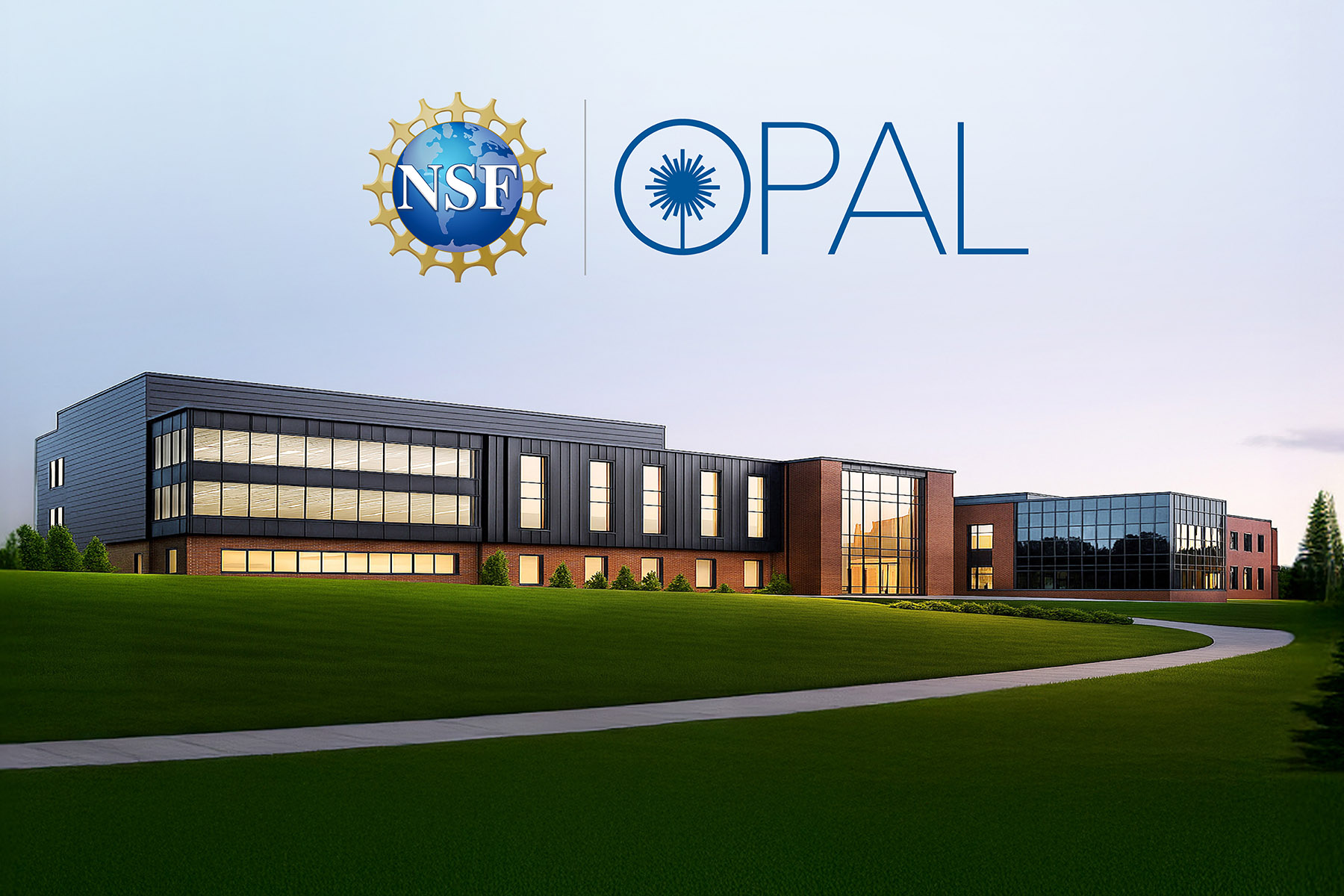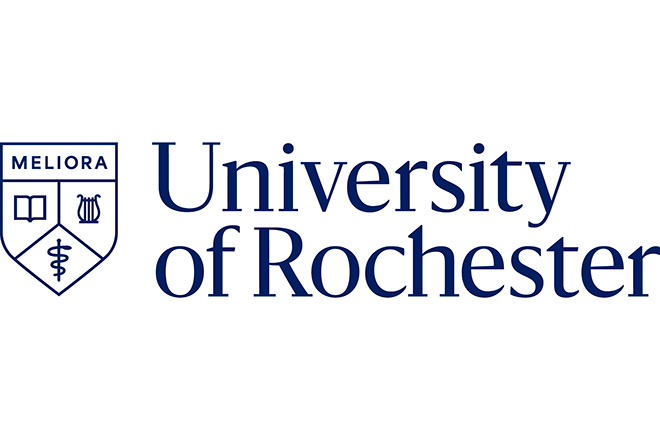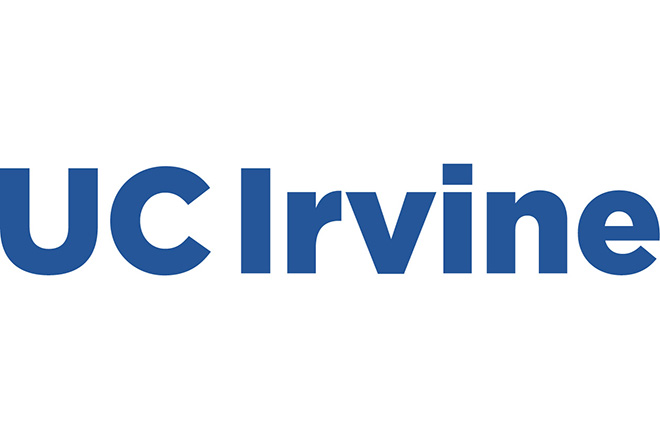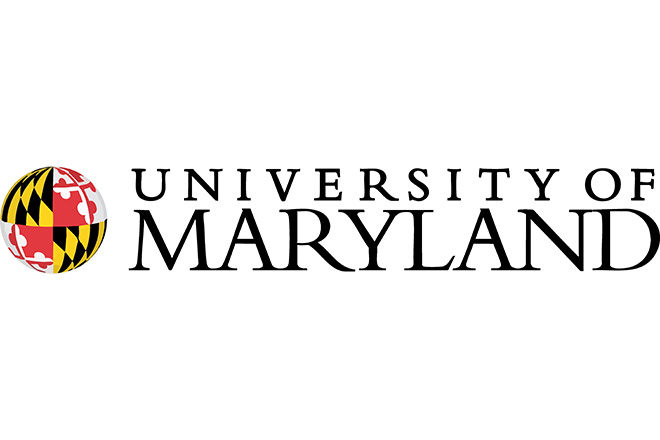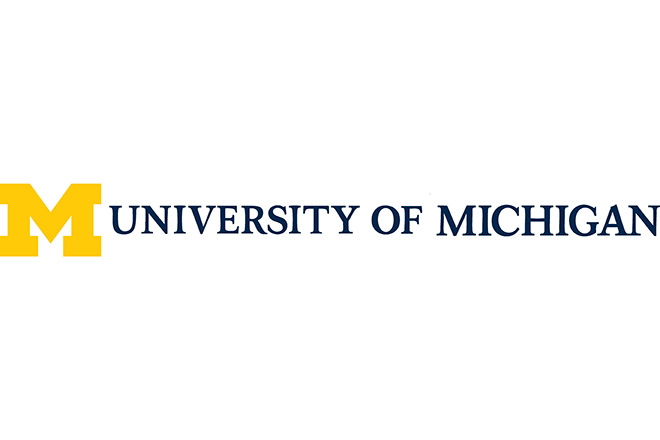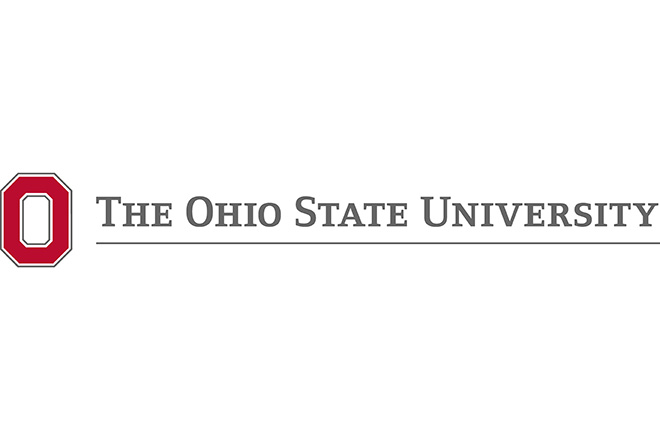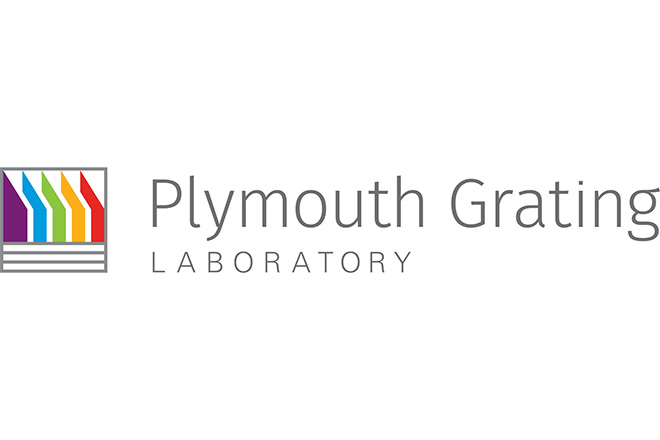Currently under design, the US National Science Foundation Optical Parametric Amplifier Line (NSF OPAL) laser facility will be the world’s most powerful laser system to explore the frontiers of science—unlocking mysteries about the universe under extreme conditions. Based at the University of Rochester, this multi-institutional collaboration brings together leading universities, private industry, and government agencies, uniting expertise and resources to build a facility unlike any other.
NSF OPAL’s lasers will create electromagnetic fields, temperatures, and pressures so intense that they mimic conditions found only in the cosmos. This capability will enable breakthrough research in particle acceleration, quantum physics, astrophysics, and nuclear science, driving innovations that could transform technology and deepen our understanding of fundamental forces, advance technology in key sectors, and strengthen national security.
The project extends beyond laser science and innovation and will serve as a hub for building the future workforce by training students and early-career researchers in world-class science and engineering who will lead tomorrow’s discoveries. By advancing frontier science and nurturing talent through collaboration, NSF OPAL is more than a facility—it is a pathway for innovation and opportunity that will ensure America remains at the forefront of scientific leadership.

